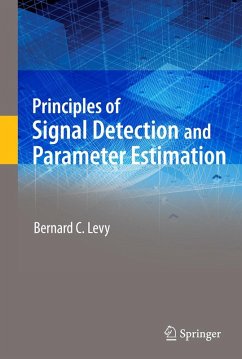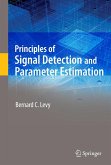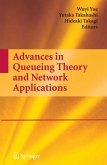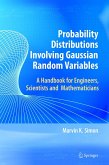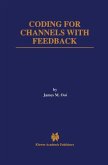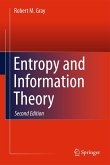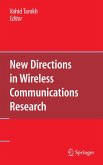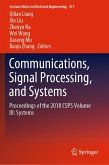Asadiscipline,signaldetectionhasevolvedsigni?cantlyoverthelast40years. Some changes have been caused by technical advances, like the development of robust detection methods, or the use of the theory of large deviations to characterize the asymptotic performance of tests, but most changes have been caused by transformations in the engineering systems to which detection te- niques are applied. While early applications of signal detection focused on radar and sonar signal processing or the design of digital communication - ceivers, newer areas of application include image analysis and interpretation, document authenti?cation, biometrics, and sensor or actuator failure det- tion. This expanded scope of application has required some adjustment in standardwaysofformulatingdetectionproblems. Forexample,imageproce- ing applications typically combine parameter estimation and detection tasks, so the separation of parameter estimation and detection in distinct operations typical of early communication systems, where parameter estimation was - complished through the use of training signals, needs to be abandoned. Other changes have occured in the design of communication systems which make it increasingly di?cult to treat the detection of communications signals and of radar/sonar signals in a uni?ed manner. This common framework assumes implicitly that intersymbol interference is not present and that channel c- ing and modulation are implemented separately, since in this case modulated signals can be detected one symbol at a time. But modern communication systems are typically designed to operate over bandlimited channels where - tersymbol interference is present, and starting with the introduction of trellis coded modulation, modulation and coding have become intertwined.
Bitte wählen Sie Ihr Anliegen aus.
Rechnungen
Retourenschein anfordern
Bestellstatus
Storno

